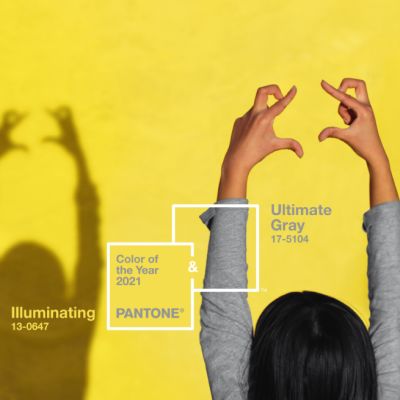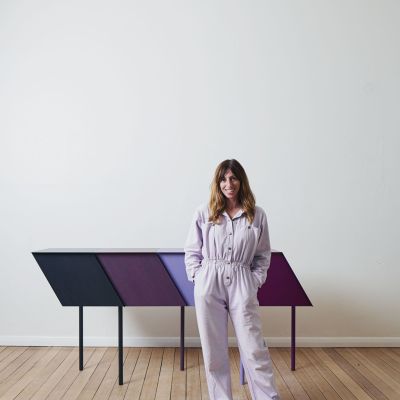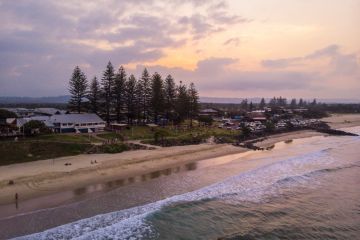The top 10 interior trends we'll see in 2021
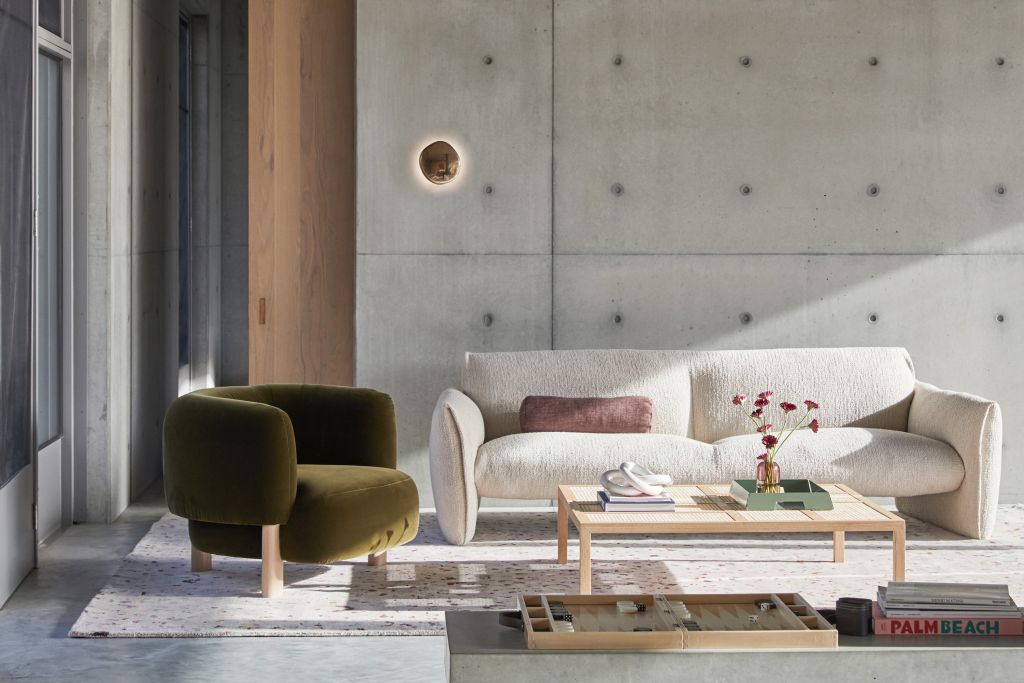
Most of us spent more time at home in 2020 than ever before, with much of it overhauling and prettying up our four walls.
We spoke to interior experts for tips on everything that we’ll love in 2021.
Out with all-white kitchens
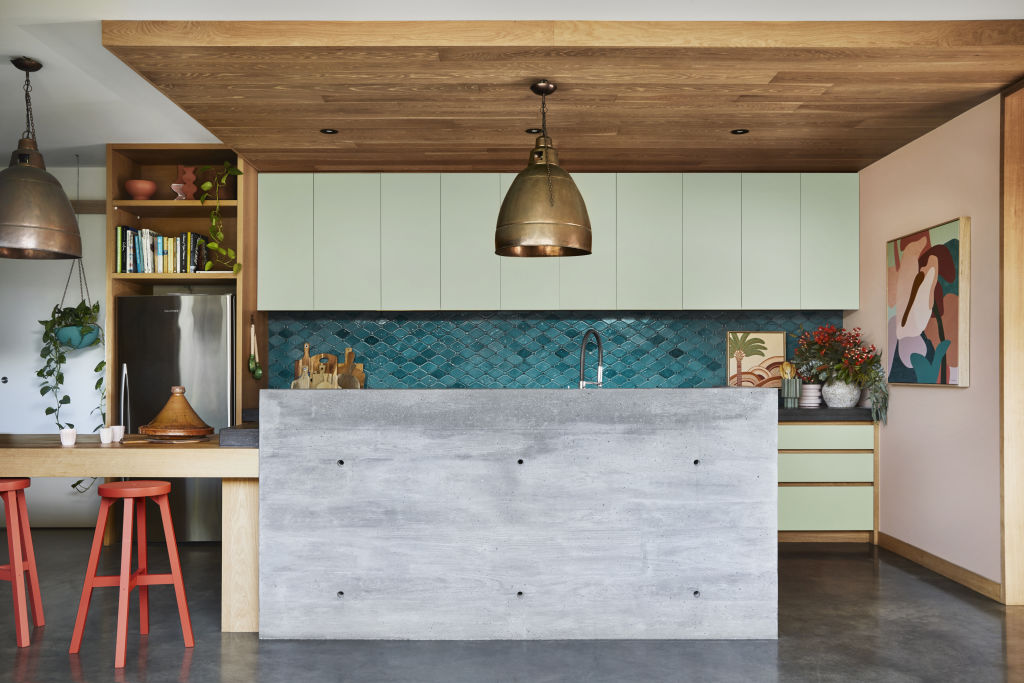
It’s a bold claim but creative director of Sisalla Interior Design Lauren Li has done it. Li says we’ll be steering clear of all-white kitchens that feel “clinical” and will be embracing texture and warmth in the heart of the home.
“White kitchens now feel too clinical and stark as we start to see pigmented whites that reference minerals with soft green and mid-grey tones,” she says.
“For cabinetry, natural oak tones have been going strong for years, but will move towards browner walnut timbers. The cool tones of Carrarra marble have been replaced with creamy travertine and characterful brown Bidasar marble.”
Li adds: “Splashbacks continue to be tiled with a preference for handmade. Terracotta long-strip tiles with a matt finish, where no two are the same, add instant tactility and warmth.
“Zellige tiles are still trending as their hand-made gloss surface gives the kitchen so much character that is so appealing.”
Earth tones

We’ve been loving earthy tones for a while now, incorporating hues such as rust, terracotta and tan into everything from cushions to bed linen to artwork, and it looks like we’ll be coveting this trend for some time.
Li says the earthy tones will expand from terracotta to cognac, rust, brown and tan and combine with beige. She says these colour combinations have become even more appealing during a year when we all spent a lot more time at home.
“These colours feel warm and safe and they help us connect with nature at a time when we have spent a lot of our days looking at screens. We will be seeing these earthy colours move towards a de-saturated yellow, the colour of rattan and natural fibres.”
Director and principal stylist at Vault Interiors Justine Wilson agrees, saying she’s expecting to see a real push for what she dubs “Australiana” colours and says we’ll see plenty of earth tones and sea-foam blue applied to feature walls and soft furnishings.
Goodbye millennial pink, hello moody lilac

While we’re embracing natural hues in the home, Li says we’ll also see a push toward “fantasy” colours, such as lilac – a more subtle take on Pantone’s Colour of the Year in 2018, Ultra Violet.
“We have moved on from Millennial Pink into a more moody lilac.
“Lilac works best when accompanied with other pastels, especially a muted yellow, but also works well on a neutral base of beiges and natural materials,” she says.
Li says you can introduce the colour in accessories such as cushions, artwork, vessels and throw blankets. “For the more adventurous, a pale lilac sofa is a statement piece that won’t overwhelm a room.”
Li loves the work of interior designer Lucy Bock, who’s featured the colour in some of her Melbourne projects.
Crazy paving
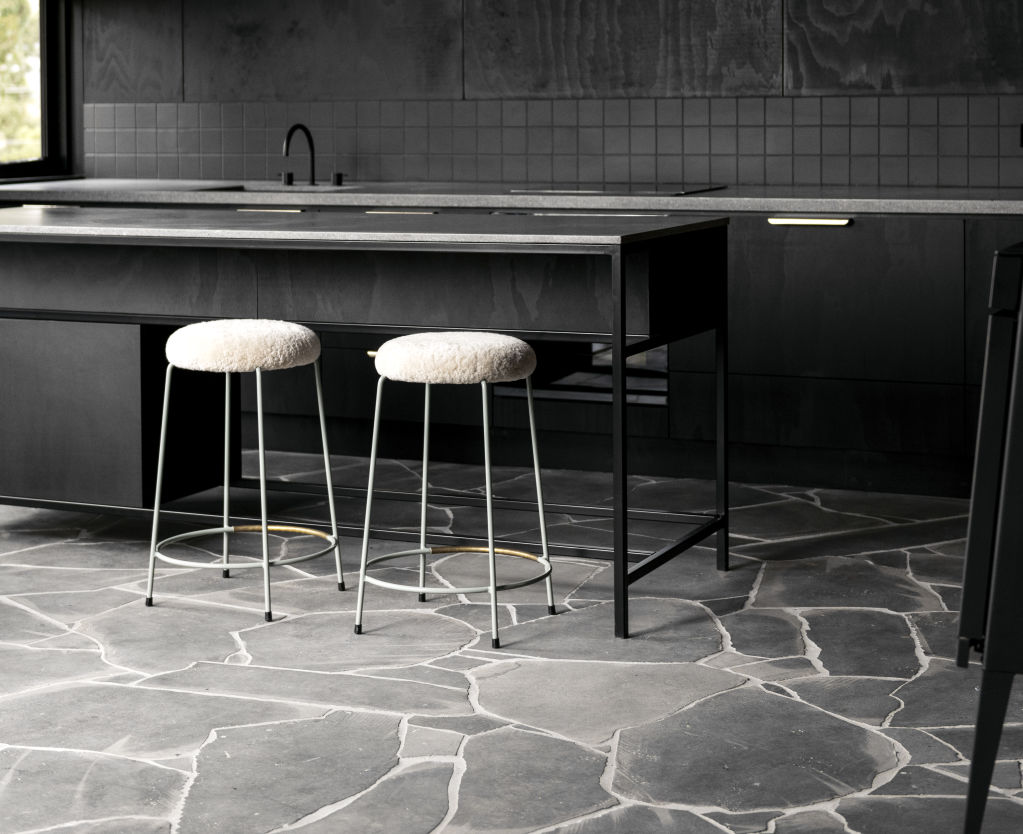
Wilson has noticed this trend appearing in boutique hotels and top end retail spaces and is tipping this to be a big one that will be embraced both indoors and out.
“I feel like there’s a real desire to get to more earthy, rustic and raw interiors,” she says..
“As opposed to the last few years’ trends, you’ve had concrete floors, floorboards, carpet or tiles – it’s just a nice spin on that. It creates that really rustic, earthy look, especially in coastal homes.”
Wilson says we can expect to see the earthy look that was popular in the ’80s used more in modern boho-style homes, hotels, and retail spaces, featuring hard-wearing stone such as terrazzo, terracotta, slate or marble.
Natural elements
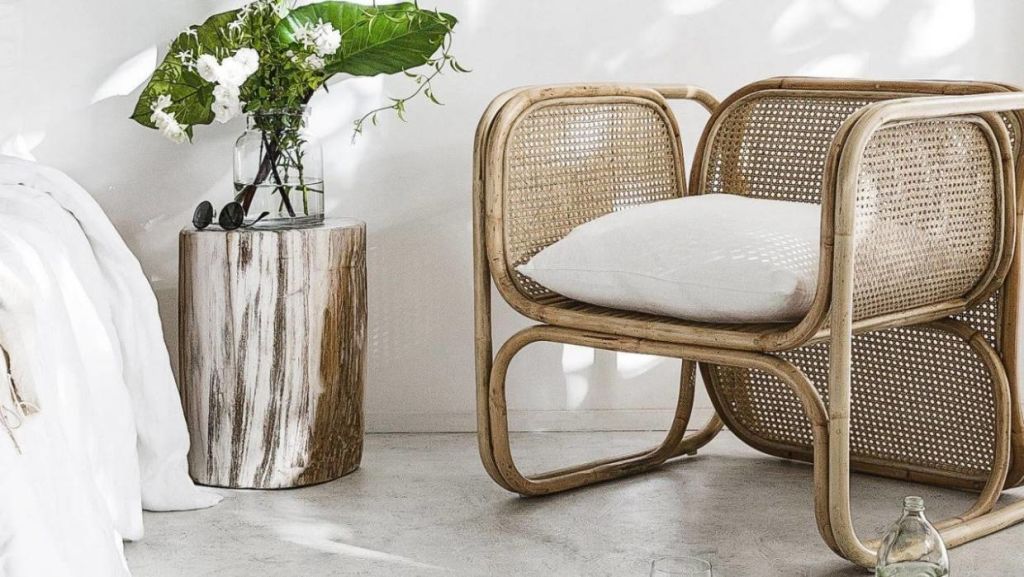
Already gaining in popularity, Wilson believes the natural trend will become more predominant throughout our homes in 2021.
She says there’s no limit to how much cane or rattan you can incorporate into a room. “We saw a lot of cane coming through in furniture – like buffets and armchairs – but not so much used across everything.
“It’s almost like an ’80s look but the difference is, it’s not paired with peach walls; it’s paired with crisp white walls so it looks instantly modern.
“It’s the kind of material that has the potential to be updated and it’s cost effective,” she says.
Curves and arches
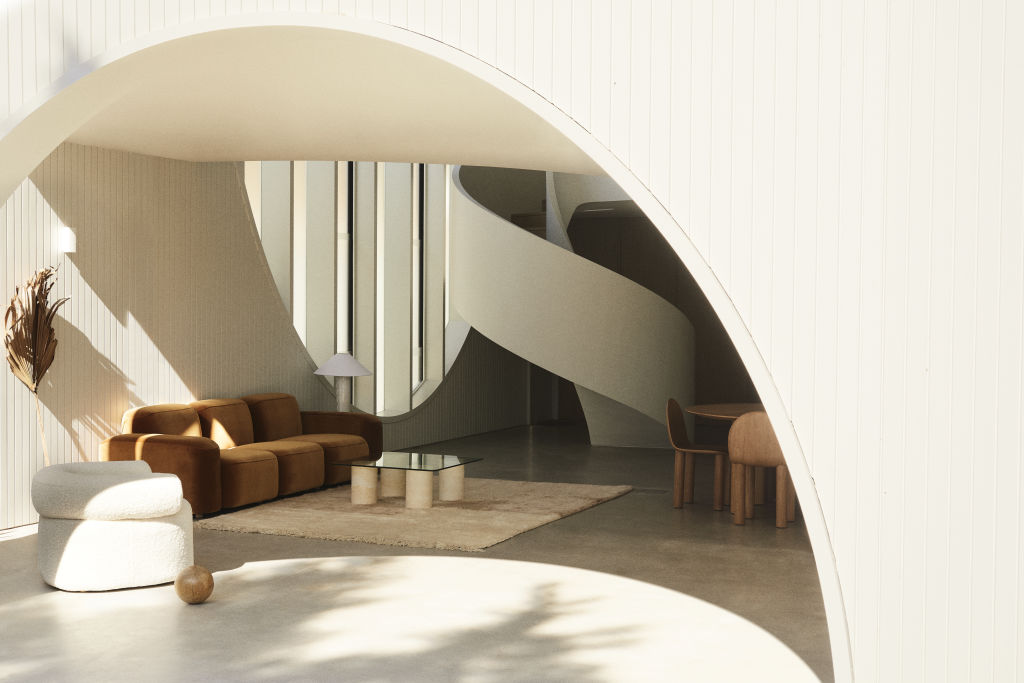
“Gone are any hard, straight lines in furniture. We are heading for some serious curves ahead. Comfort is driving the need for chubby, soft and cocooning sofas. In times of real strife, we want to retreat to the familiar of these comfortable curved shapes,” Li says.
Expect to see low, comfortable armchairs and sofas in textured upholstery fabrics like boucle and velvet.
Wilson adds: “This is a big one – it’s a nod to the ’70s and ’80s – whether it’s a doorway, window, furniture, accessories or architectural elements. This will be very popular, especially in furniture and joinery design. New-build homes will have arched doorways and windows as key design features.”
Rendering interior walls
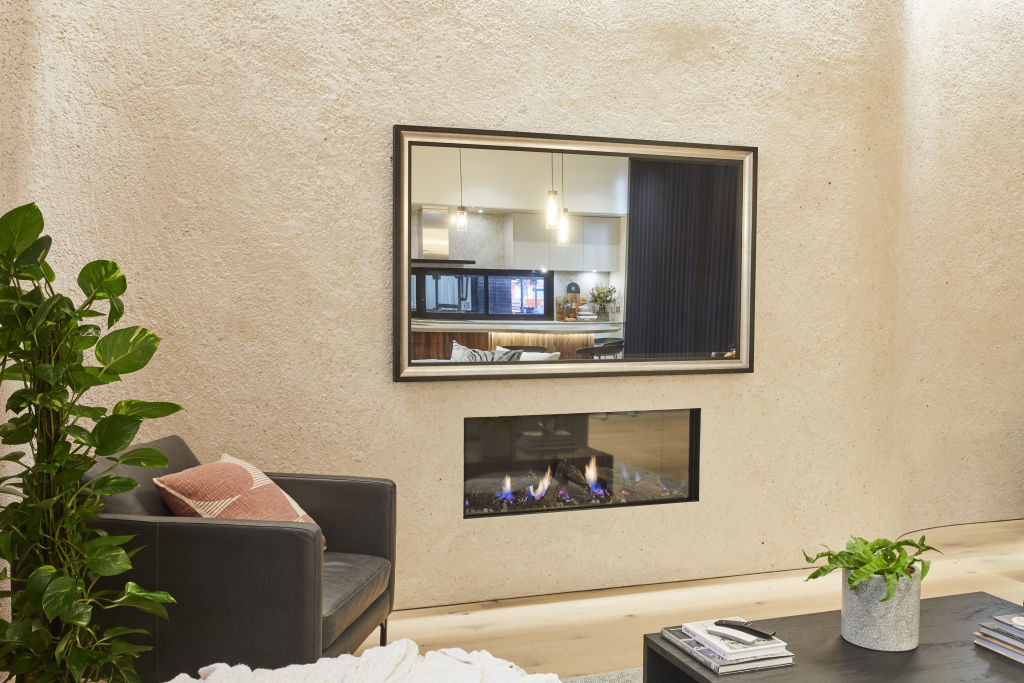
Traditionally an external application, Wilson says says this will start to move inside the home and feature walls will have a textured, rendered sandy finish. We could also start to see this applied to our bathrooms and kitchens.
“I’ve noticed a lot of designers moving towards a very simplistic kitchen, which might have concrete benchtops, wooden beam shelves and a rendered wall. It’s a super earthy, pared back, rustic feel and the render, being textural, helps create that look.”
Depending on the style of your home, you can paint the render or leave it natural. If you opt to paint, Wilson advises sticking to earthy tones such as peach, apricot, rust, or terracotta.
Irregular shapes
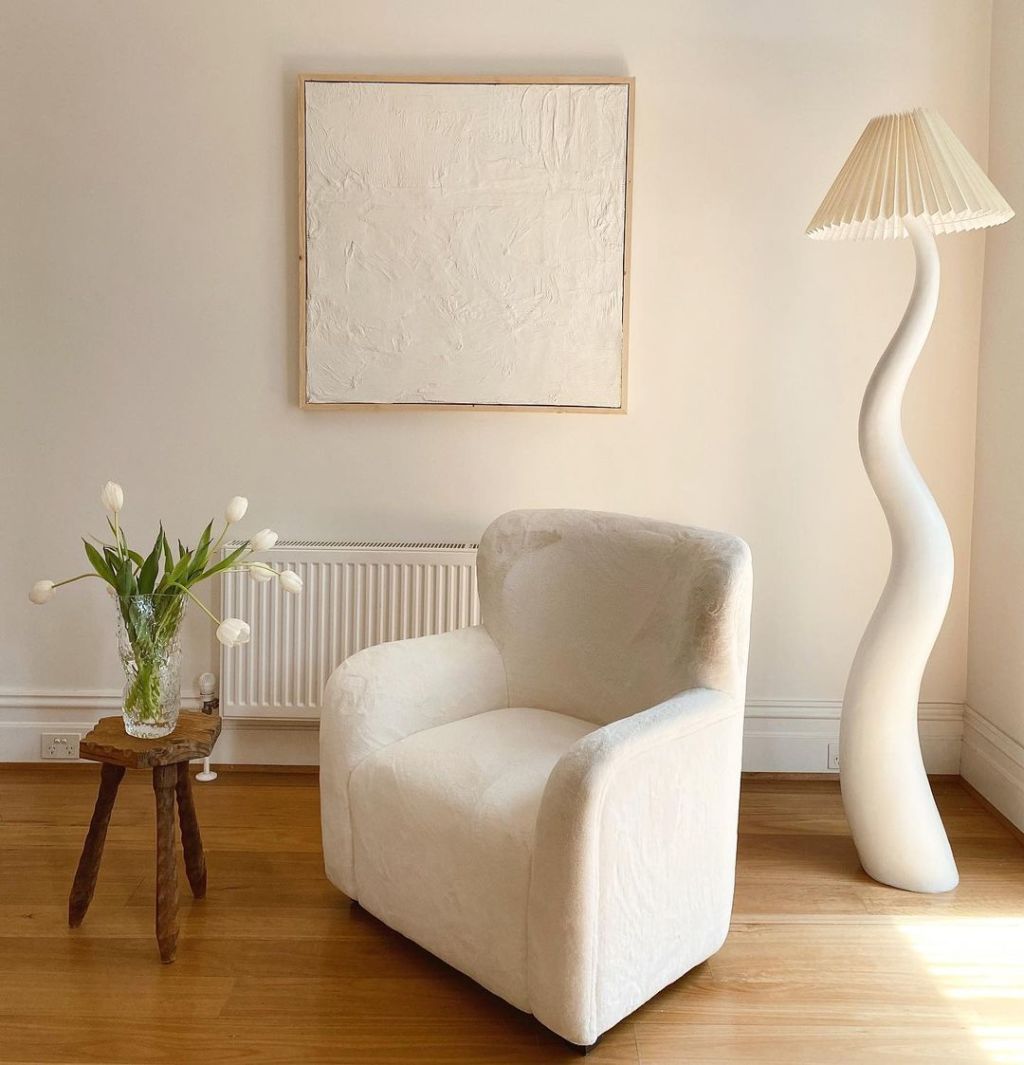
“We’ve moved away from strict rectilinear in furniture and decor for some time,” says Li.
“The ‘pill-shape’ has been popular for a while now with the combination of the curve with straight lines applied to coffee tables, cabinets, benches, trays and mirrors. Even the kitchen island bench hasn’t escaped the curved edge applied to its corners.
“Now we are seeing this morph into more irregular shapes. We are removing the straight line entirely and we are starting to see an organic pebble shape emerge.”
Li says this softer shape is more interesting and breaks up the straight lines of a room.
“This organic shape is applied to decor pieces such as wooden trays, mirrors and vases or in graphic line-work in fabric on cushions and floor rugs,” she says.
Recycled timber beams
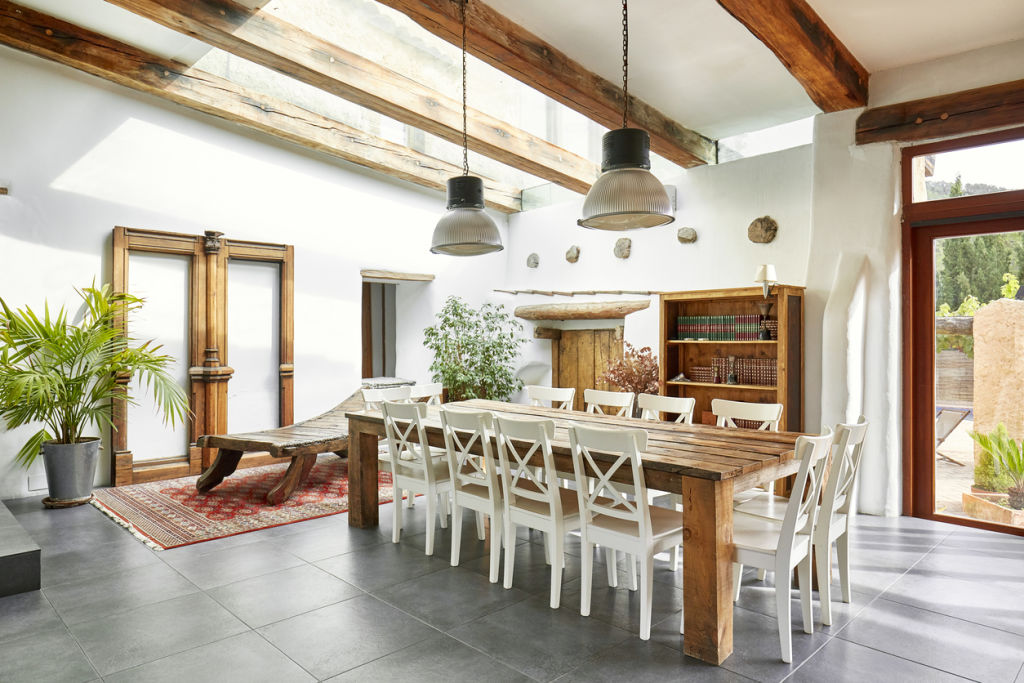
This trend was big in the early 2000s, but Wilson believes recycled timber beams will make a big comeback and will pair well with rendered interior walls.
“I see these being integrated in ceiling design to create the look of a rustic warehouse or farmhouse style, but paired with modern colours and joinery. They will also feature in external architectural elements such as pergolas or outdoor breezeways.
“People still, even with minimal design, always seem to yearn for some kind of warmth and texture – a wood element is always going to be popular,” she says.
Holiday at home
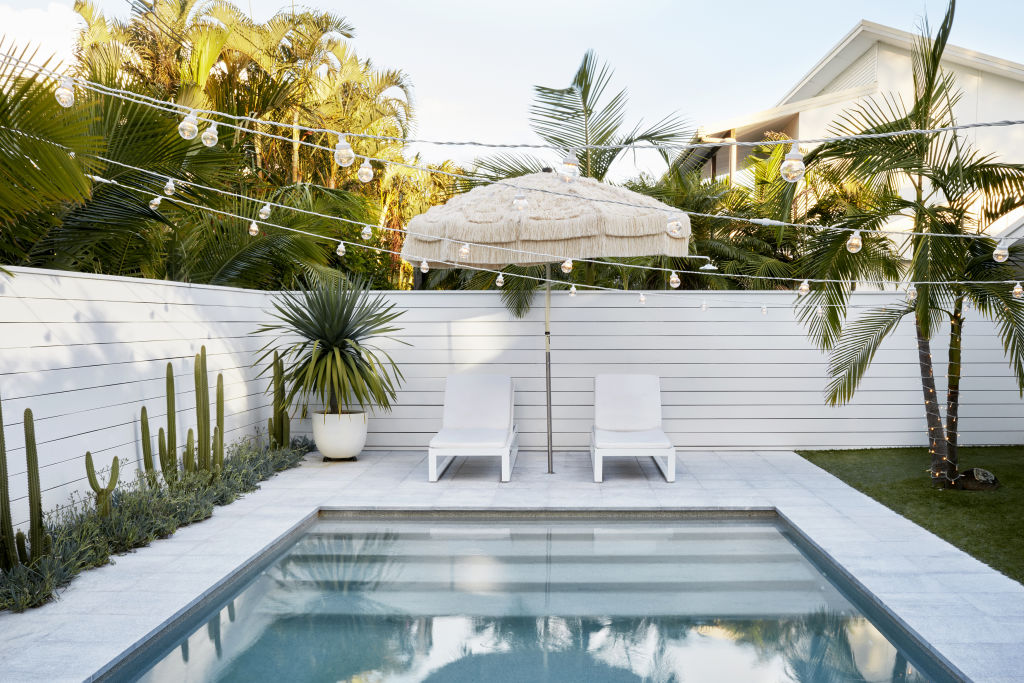
While we’re not able to jump on a plane to the Greek Islands or Lake Como, expect to see a real push in home-owners creating holiday vibes in their own backyard.
“People are hungry for that resort-style lifestyle at home,” Wilson says, adding that seamless integration of indoor-outdoor areas will rise in popularity.
“There’s going to be a real movement to have all of your living areas, not open plan internally, it’s open plan to the outdoors now,” she says.
We recommend
We thought you might like
States
Capital Cities
Capital Cities - Rentals
Popular Areas
Allhomes
More
